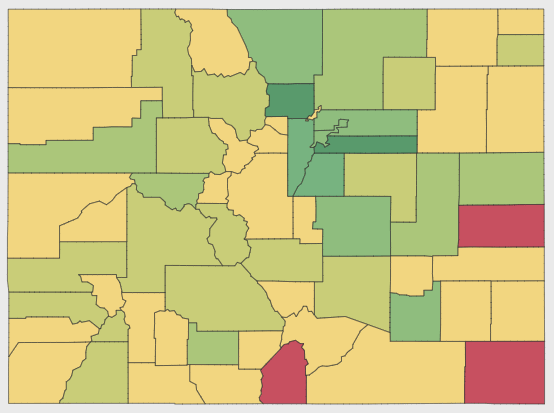Colorado Media Project is excited to announce our partnership in a new project aimed at helping Coloradans and media organizations make sense of a fragmented local news landscape.
Students and faculty at two higher-ed institutions in Colorado will work alongside media to map assets that currently exist in each of Colorado’s 64 counties — identifying existing outlets, potential partners, entrepreneurs, and individuals who can play new and innovative roles in supporting community information needs.
Colorado College’s Journalism Institute was one of only seven higher-education institutions nationwide to win a grant through this year through the Online News Association’s Challenge Fund for Innovation in Journalism Education.
This spring CCJI instructor Corey Hutchins is teaching a class called “The Future and Sustainability of Local News,” which part of the $20,000 ONA grant will help support.
“It's one thing to learn about the problems facing our nation’s local news industry, how they originated, and what’s being done to mitigate them,” Hutchins says. “It's another for students to actively help with those efforts.”
Media professors David Coppini and Kareem Raouf El Damanhoury at the University of Denver are also conducting research on the project, titled “Mapping and Engaging Allies to Build Colorado’s Local News Future.”
Here’s part of the scope:
“This project will help Coloradans and media organizations make sense of a fragmented local news landscape by mapping assets that currently exist in each of Colorado’s 64 counties and identifying existing outlets, potential partners, innovators, and individuals who can play new and innovative roles in supporting community information needs.”
“As the business model for local news in Colorado continues to evolve, this project will help identify new ideas and allies for ensuring that people in all corners of our state have the trustworthy news and information they need to engage in our democracy,” said Melissa Davis, Director, Colorado Media Project. “We’re excited to see students and faculty at CC and DU joining forces with journalism and community partners to address these critical issues.”
The world’s “largest digital journalism association” announced the grant recipients Dec. 16, saying “each university will partner with local news organizations to explore news ways of teaching journalism and delivering information to their local communities.”
The announcement is another example of how CMP leverages cross-sector partnerships to build collaborative programs that assess and meet communities' information needs. Other partners on the Colorado project include the Colorado News Collaborative (COLab) and News Voices: Colorado.
“These times require new approaches to the relationships between communities and their news sources,” said COLab Executive Director Laura Frank. “The work this grant will support is essential to that effort. COLab and our 100+ news partners are thrilled to have Colorado College and the University of Denver on the team.”
Students will gather information to create a digital database and map visualization (publicly accessible on COLab’s website and offered as an embed to its 100-plus newsroom partners statewide) that identifies existing local news sources and other trustworthy information assets in every Colorado county. Members of the public will be able to use the map to find trustworthy local news, local owners and producers. Journalists and media entrepreneurs can use the map to explore possibilities for succession-planning, story collaboration, and new startup ideas.
That data will layer onto a broader dataset of local news outlets compiled by Coppini and El Damanhoury that also assesses each one for the extent to which it provides original reporting, local news, and critical information to its audience.
“This collaboration between journalism innovators and students is an important step towards understanding all the structures, organizations and people that play a critical role in providing Coloradans with the information they need,” said Diamond Hardiman of News Voices: Colorado, who added the organization is “excited to expand upon our community-centered approaches to local news and journalism with the insight this project will provide.”

